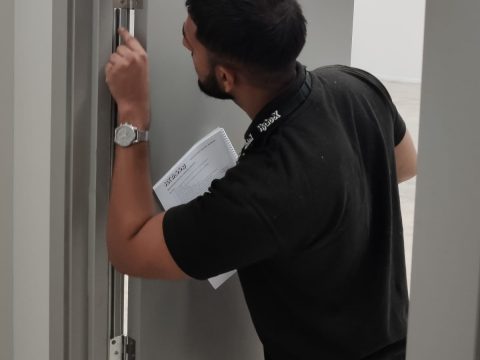Fire Door Inspections
When it comes to safety in any building, fire prevention is paramount. Fire doors play a crucial role in containing the spread of fire and smoke, providing occupants with vital time to evacuate safely in the event of an emergency. However, simply having fire doors installed is not enough; regular inspections are essential to ensure they function correctly and meet safety standards.
What Are Fire Door Inspections?
Fire door inspections involve a thorough examination of all components of its assembly to ensure compliance with local regulations and standards such as the Regulatory Reform (Fire Safety) Order 2005. These inspections are typically conducted by certified professionals who assess various factors, including the door’s material, hardware, seals, and overall condition.
What is the purpose of a fire door?
Fire doors are designed to contain fire and smoke within a specific area of a building, allowing occupants to evacuate safely and preventing the spread of flames to other parts of the structure. They provide crucial protection and help minimise property damage during a fire emergency.
How often do fire doors need to be inspected?
Fire doors should be inspected at least annually, as recommended by regulations such as the Regulatory Reform (Fire Safety) Order 2005. Regular inspections help ensure that fire doors are in proper working condition and comply with safety standards to protect occupants and property.
Request a Callback
Common issues
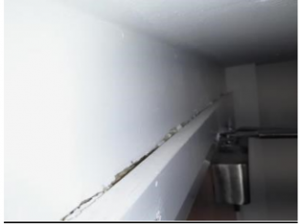
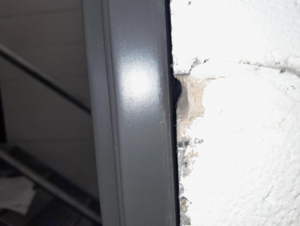
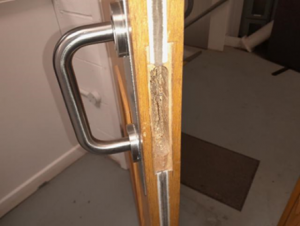
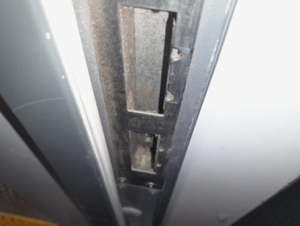
Why do Fire Doors Need to be Inspected?
Fire doors need to be inspected regularly to ensure they can do their job during a fire emergency. During an inspection, several important things are checked:
- Door conditionInspectors
look for any signs of damage or wear on the door itself. - Seals and gaskets
They check if the seals around the door are intact and can effectively prevent smoke and fire from spreading. - Hardware
This includes hinges, latches, and closures to make sure they’re in good working condition and can keep the door securely closed during a fire. - Clearance
Inspectors ensure that there’s proper clearance around the door so it can open and close without obstruction. - Labelling and signage
They verify that the door is properly labelled and has the required signage to indicate its purpose during an emergency.
Are Fire Door Inspections a legal requirement?
Fire Door Inspections are indeed a legal requirement. These inspections are mandated under the Regulatory Reform (Fire Safety) Order 2005, which sets out the obligations for building owners and managers to ensure the safety of occupants in non-domestic premises. Specifically, the order requires that fire doors be properly maintained and inspected regularly to ensure they are fit for purpose in the event of a fire emergency.
Failure to comply with these requirements can result in legal consequences, including fines or even imprisonment in serious cases. Therefore, it is crucial for building owners and managers to adhere to the regulations regarding fire door inspections to uphold the safety standards prescribed by law.
What are the responsibilities regarding Fire Door Inspections?
The responsibilities regarding Fire Door Inspections primarily fall on building owners and managers. They are required to ensure that fire doors within their premises are properly installed, well-maintained, and regularly inspected by competent persons. This includes conducting visual checks for any signs of damage, ensuring doors are functioning correctly, and verifying that seals and hardware are intact.
Additionally, they must keep records of inspections and any maintenance or repairs carried out. Building owners and managers are also responsible for addressing any identified issues promptly to maintain the effectiveness of fire doors in protecting occupants during a fire emergency. Compliance with these responsibilities is essential to meet the legal requirements outlined in the Regulatory Reform (Fire Safety) Order 2005 and to ensure the safety of individuals within the premises.
